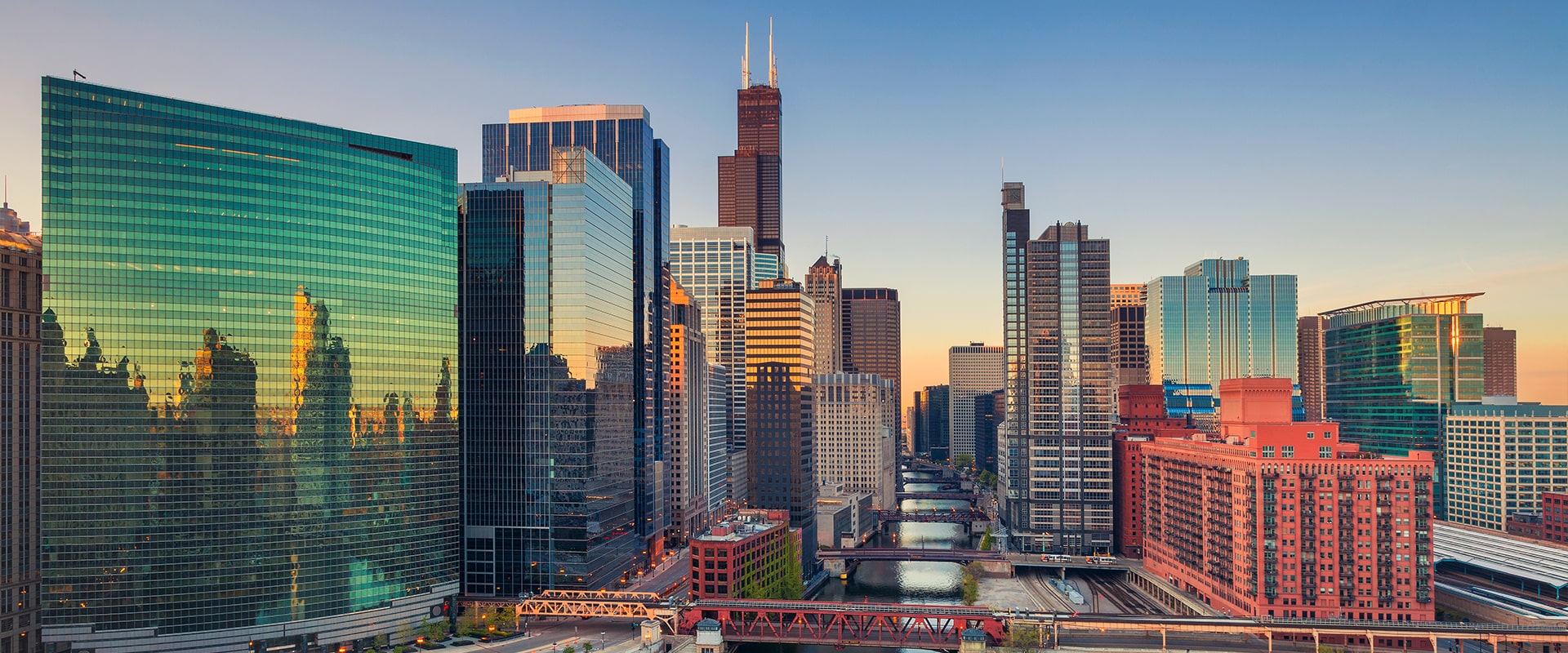Future-Proofing Commercial Buildings: Embracing the New ENERGY STAR Standards
On August 26, 2024, the ENERGY STAR program raised the bar for commercial new construction and major renovation projects in the U.S. to earn the “Designed to Earn the ENERGY STAR” recognition. Previously, projects needed to achieve an estimated total annual energy use design score of 75 or higher. Now, that threshold has increased to 80. This change reflects the growing emphasis on energy efficiency as a critical strategy in achieving the U.S. government’s ambitious goal of net-zero emissions, economy-wide, by 2050.
Raising the ENERGY STAR score requirement from 75 to 80 for commercial buildings is a significant step towards greater energy efficiency. It challenges architects and builders to design structures that not only meet current standards but also anticipate future requirements. One of the most impactful ways to meet this challenge is by selecting high-performance commercial window systems. According to ENERGY STAR, “The EPA recommends incorporation of clean energy strategies into project design wherever possible. Though not a requirement for this recognition, use of clean energy can help increase your ENERGY STAR design score and accelerate progress toward zero emissions goals.”
A building’s fenestration plays a crucial role in its operational carbon footprint, influencing the total greenhouse gas emissions produced during its operation. The thermal barrier properties of windows are essential for minimizing heat transfer, improving energy efficiency, and reducing the U-factor. By investing in cutting-edge thermal barrier technologies, architects and builders can future-proof their projects, ensuring compliance with evolving energy standards and fostering long-term sustainability.
As we move towards a net-zero emissions future, the ENERGY STAR criteria will continue to become more stringent. This makes it vital for commercial construction projects to incorporate innovative window systems that not only satisfy today’s requirements but are also prepared for the challenges of tomorrow. Key strategies include developing advanced glazing options, optimizing frame designs, integrating intelligent control systems, and selecting thermal barriers with the lowest thermal conductivity. Embracing these innovations allows manufacturers, architects, and builders to create commercial spaces that exceed the expectations of sustainable building practices for years to come.


